TEST YOUR SKILLS AS A LEGAL INTERPRETER OR TRANSLATOR
 References for these exercises are the following books:
References for these exercises are the following books:
The Interpreters Guide to The Vehicular Accident Lawsuit by Josef F. Buenker
Interpretation Techniques and Exercises by James Nolan
and a variety of law dictionaries.
Legal Terminology Exercise
These are terms frequently used in interpreted proceedings such as trials, depositions, client meetings and in evidentiary legal documents.
Select the right definition of the term.
Answers are at the bottom of the page.
1. Affix
-
A) The result a settlement brings to a cause of action
-
B) The condition of an object immediately prior to repair.
-
C) To attach or add something to a document.
-
2. Misfeasance
A) The non viability of a plan or goal.
B) A proper act performed improperly or in an injurious manner.
C) Inappropriate fees charged.
3. Counterclaims
A) Allegations made by a defendant that the plaintiff violated a duty to the defendant and thus caused damages to the defendant.
B) When a third party adds a claim of their own against the defendant claiming their own damages.
C) The arguments made by the defense attorney during opening statements.
4. Discovery
A) The transcripts of statements made during the investigation on a claim including sworn statements, deposition records, and examinations under oath.
B) The process by which the parties to a lawsuit gather information from each other and from third parties about issues relevant to the lawsuit.
C) The written evidentiary material resulting from process of investigation prior to trial, such as interrogatories, accident reports, and accident reconstruction reports.
5. Prima Facie
A) Upon initial viewing; as things seem at first; establishing existence does not require further support.
B) The first of the two accounts told by a duplicitous person.
C) Artist’s rendition of a face reconstructed after an autopsy.
6. Recovery of Damages
A) Monetary compensation for bodily injuries or property damage.
B) The appointment of a trust administrator in a structured settlement.
C) The financial value placed on pain and suffering.
7. Torts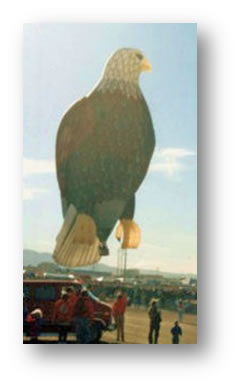
A) The basing of a judgment on precedent; in that a similar ruling exists
B) Laws relating to government and its function.
C) An injury to a party that occurs due to the breach of some legal duty one person has to another.
8. Dicta
A) Any special instruction given to the jury during the course of a trial.
B) More than one statement made by a judge.
C) The action of taking down the record by the court reporter.
9. Publish
A) Brought forward; announced; made known publicly.
B) The transcription of the record from a deposition into printed and bound format.
C) The handing of the verdict to the judge by the jury foreman, before it is read into the record.
10. Conclusive Evidence
A) Evidence that is presented by the defense in closing arguments.
B) The compilation of all the printed and marked exhibits at the end of a trial
C) Evidence which unquestionably proves something.
Answers
1-c. 2- b. 3-a. 4- b. 5 –a. 6- a. 7-c. 8-a. 9-a. 10-c
Legal Procedural Phraseology Exercise |

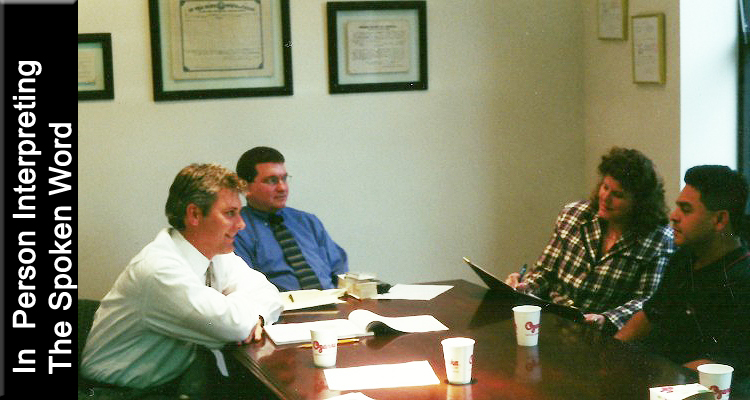

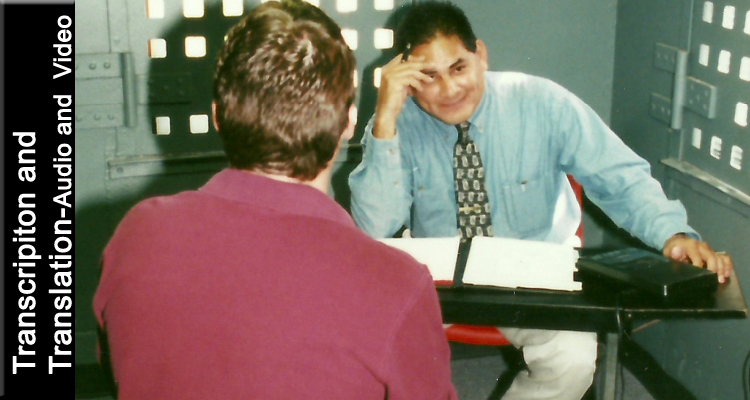
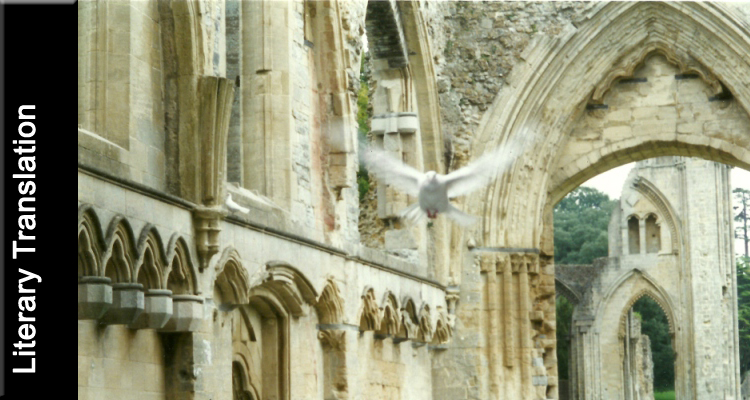
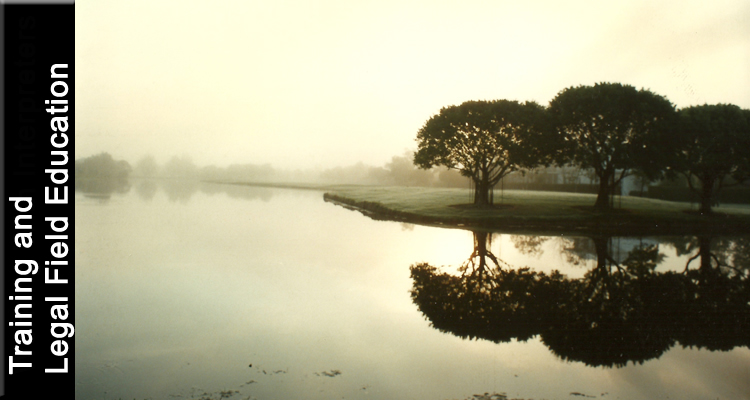
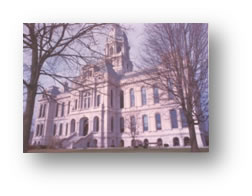 4. Setting: Trial
4. Setting: Trial